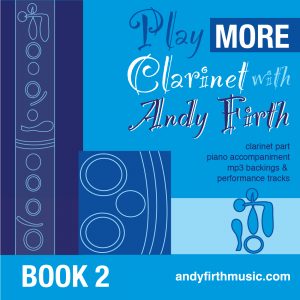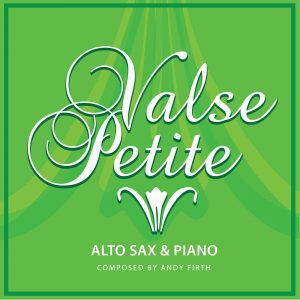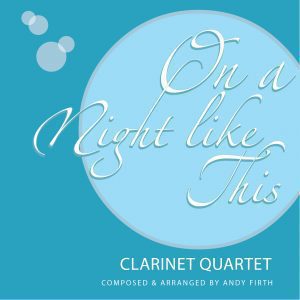Description
12 Jazz Etudes Based on Popular Standards
Andy says about the 12 Jazz Etudes:
“The idea for this project came from the many requests from friends and students asking me to write a book about how I approach my jazz improvisations.
” I didn’t think that I would be able to simplify my style of improvising, (which tends to be virtuosic and blindingly fast at times). I also felt that I’d need to work my way through a series of long, complex books in order to give the subject its due credit.
However, after thinking further about this project, I decided that perhaps the best way to approach this book would be to create a series of arrangements based on well-known, established jazz standards and then to improvise over these in real-time.”
Included in the piano part to these etudes is a solo analysis score that contains all of the chord changes relevant to the solo’s construction. The student of jazz improvisation can use these to de-construct and study at their leisure.”
The product comes complete with the Soloist part, Piano Score with solo analysis score (in the back portion). Audio performance with a rhythm section backing tracks (piano, guitar, bass, and drums).
ETUDES for Book 2:
1. Don’t Be A Bad Girl (based on “Lady Be Good”)
2. In The Afterglow (based on “Moonglow”)
3. Now I Can See (based on “I’m Beginning to See the Light”)
4. Oh So Sweet! (based on “Sweet Georgia Brown”)
5. I Can’t Forget You (based “Memories of You”)
6. The Worm That Turned (based on “Confirmation”)



